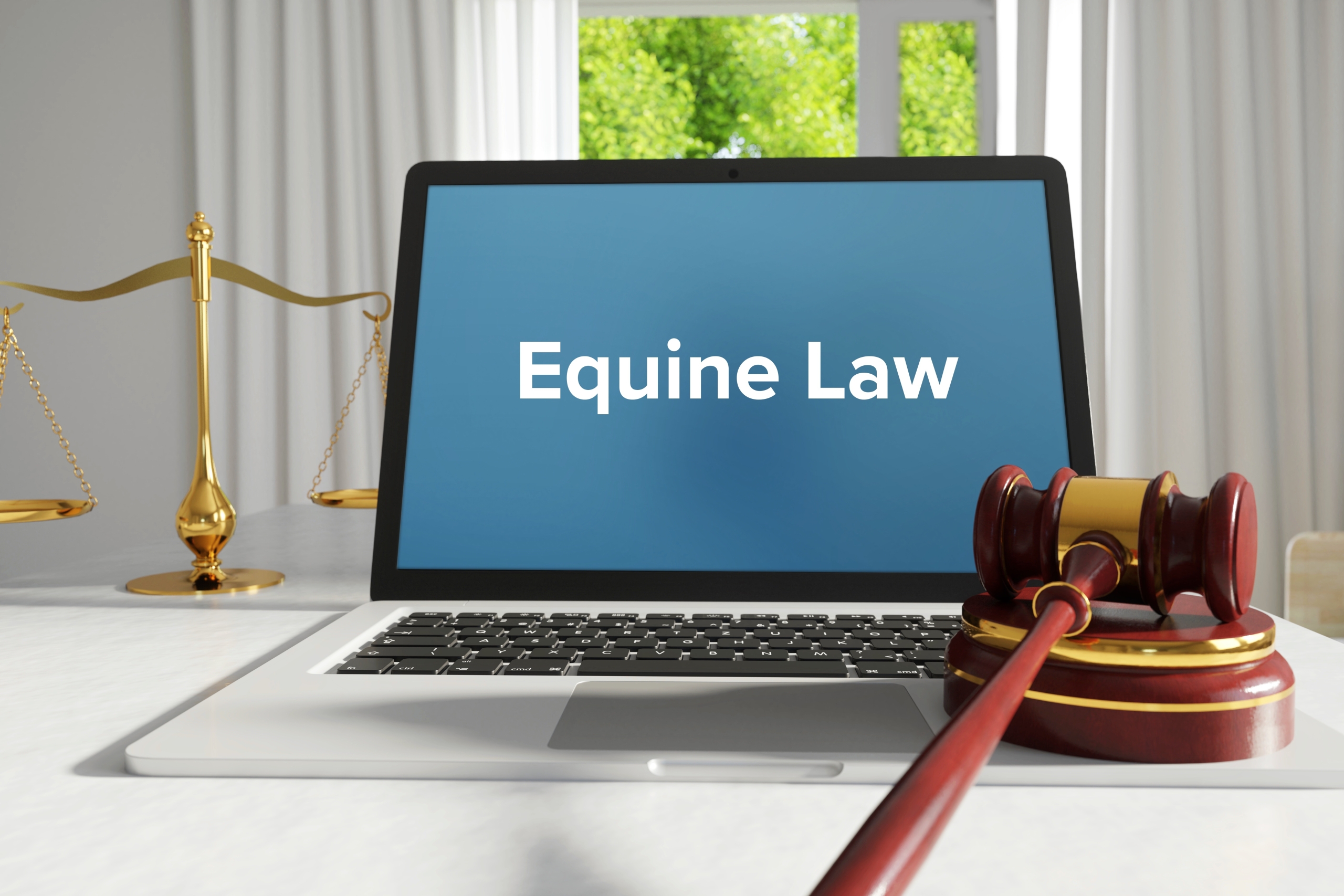OLS Solicitors Blog
The Separation journey: Key Considerations for Non-Married Couples

The Separation journey: Key Considerations for Non-Married Couples
When a non-married couple decides to part ways, the process can be emotionally challenging and legally complex. Unlike married couples, non-married partners do not have the same legal protections and rights, which can make the separation process even more daunting. Here are some crucial aspects to consider when non-married couples decide to separate.
-
Understand Your Legal Rights
One of the first steps is to understand the legal standing of your relationship. Non-married couples do not have the same rights as married couples, and this varies significantly by jurisdiction. In the UK, for instance, there is no such thing as a “common-law marriage,” and cohabiting couples have limited legal protection. It’s crucial to seek legal advice to understand your rights regarding property, finances, and children.
-
Property and Asset Division
Unlike married couples, non-married partners do not have an automatic right to a share of each other’s property. If the property is jointly owned, the division should be straightforward, but if it is owned by one partner, the other may not have any claim. It’s important to review any cohabitation agreements or deeds of trust that may outline how property should be divided. Seeking legal advice is highly recommended to navigate this process.
-
Financial Agreements
Consider any financial arrangements made during the relationship. This includes joint bank accounts, loans, credit cards, and shared investments. Separating these finances can be complex, and it may be necessary to close joint accounts and settle any joint debts. Documentation of contributions to shared finances can be useful in resolving disputes.
-
Child Custody and Support
If there are children involved, determining custody and support is paramount. Both parents have a responsibility to support their children financially. Custody arrangements should focus on the best interests of the child, including where they will live and how decisions about their upbringing will be made. Mediation can be a valuable tool in reaching an amicable agreement, and legal advice is essential to ensure that any agreement is fair and legally binding.
-
Emotional Well-being
Separation can be emotionally taxing. It’s important to take care of your mental health and seek support from friends, family, or a professional counsellor. Maintaining a support network can help you navigate the emotional complexities of separation and make the process less isolating.
-
Legal Agreements and Mediation
To avoid future disputes, consider formalising any agreements through legal means. This can include written agreements on property division, child custody, and financial support. Mediation can also help resolve disputes amicably, providing a neutral space to discuss and agree on the terms of your separation.
-
Future Planning
After separation, it’s essential to plan for your future. This might include finding a new place to live, adjusting to a new financial situation, and making decisions about your career and personal goals. Creating a plan can provide a sense of direction and help you move forward with confidence. It is also important to consider making a will or updating your previous will at this time.
-
Review and Update Documents
Finally, review and update any important documents such as your will, insurance policies, and beneficiaries on pensions or investments. Ensure that all your personal records reflect your new circumstances to avoid complications in the future.
Conclusion
Separation is never easy, but by understanding your rights, seeking appropriate legal advice, and focusing on both practical and emotional well-being, non-married couples can navigate the process more smoothly. Planning and open communication are key to ensuring that both parties can move forward with their lives in a fair and amicable manner.

